By Josh Blank
Baja California Sur in Mexico is renowned for its incredible diversity of marine megafauna making it a dream location for underwater photographers with a passion for capturing the ocean’s giants. In March of 2025, I spent three weeks exploring the waters offshore Cabo San Lucas with the goal of photographing short fin mako and blue sharks; two highly photogenic species that are known for their curious and interactive behaviour. The days were often long, but our efforts were rewarded with an abundance of close-up interactions with not only blues and makos, but also a few other exciting pelagic species that happened to be passing by. Read on to hear all about this expedition including the species we photographed, tips and tricks for pelagic shark photography, as well as must-bring equipment to ensure you are well equipped for all scenarios!

If accurate colour and detail is important to you, strobe lighting is key when photographing the sharks. Shortfin mako shark. © Josh Blank
Welcome to Cabo
Traditionally known as a party and fishing hotspot, Cabo San Lucas is a coastal city located at the very tip of the Baja Peninsula. With the Pacific Ocean to the West, and the Sea of Cortez to the East, it is an ideal base for a wildlife expedition as there is almost always a protected side depending on the direction of the wind and swell. If you're visiting Cabo for sharks in March, you may find yourself in the middle of Spring Break but I promise it's a small price to pay to get up close and personal with some of the ocean’s most notorious predators!

Blue shark. © Josh Blank
Cabo San Lucas is an amazing location for all wildlife... The pelagic shark action is unmatched and you just never know what else you're going to find while drifting with the offshore currents!
Pelagic Sharks
Peak shark season in Cabo San Lucas typically starts in January and finishes in May, with March offering perhaps the best chance of experiencing both blue sharks and makos in big numbers. Because these species are pelagic in nature, finding them is not a matter of visiting a specific reef or drop-off, but rather using a tuna head coupled with some chumslick to attract the sharks to the boat. The time it takes to attract sharks can range from 30 minutes to multiple hours. Once the sharks arrive, they tend to hang around for the rest of the day allowing for countless photographic opportunities. This practice of course comes with an element of risk and it's therefore important to book with reputable operators in the region.

A wide angle lens such as the Nikon or Canon 8-15mm fisheye will allow you to sufficiently fill the frame while maintaining tack-sharp focus and capture all of the animal's intricate details and textures. Shortfin mako shark. © Josh Blank
The Expedition
Now to the expedition. Weather was mostly favourable with clear, blue sky and plenty of available light. The first few days the visibility was clear, yet somewhat green resulting in some slightly moodier images. Then, crystal clear blue water flowed, delighting everyone on board. The clarity was very impressive and allowed us to capture vibrant images rich with colour and detail. Water temperature was fairly cool with an average of 18-19ºC (64-66ºF) for the duration of the trip.
Baja is a special part of the world and if you spend enough time offshore, you are just about guaranteed to experience something special!

Come for the blue and mako sharks, stay for the cownose ray fever. © Josh Blank
The shark action was amazing. We averaged four to six blue sharks and one to three mako sharks each day, often with multiple sharks at once keeping us all on our toes as these sharks are known to be sneaky, often approaching from blindspots trying to catch you off guard. While the makos would dart in and out of view, the blue sharks seemed to enjoy our presence and remained our close companions right up until it was time for us to head back to the marina.

Special surprise, a pod of 18 orcas arrived on the scene. © Josh Blank
Our crew remained in contact with local fishermen and we were always ready to pack up and leave if we received any reports of something special. As luck would have it, during our last week we got the call - a pod of 18 orcas were seen travelling along the coastline. Needless to say we took a break from shark diving that day, and instead photographed the kings and queens of the deep blue both above and below water. Other species seen across the trip included grey whales, humpback whales, sea lions, cow nose rays and an olive ridley sea turtle. Baja is a special part of the world and if you spend enough time offshore, you are just about guaranteed to experience something special!

Olive ridley sea turtle makes an appearance between shark sightings. © Josh Blank
Blue & Mako Shark Photography
If your goal is to capture exciting images of blue and mako sharks, there are a few things to keep in mind.
Firstly, you will need to be comfortable in the water around the sharks. These are apex predators and will be entering your personal space frequently. If it is your first time diving with these species, or sharks in general, the best way to boost comfort in the water, is to dive with reputable operators who you trust. I dive primarily with Latitude Encounters and Baja Shark Experience, both of which have extensive experience working with sharks.
Both species will likely be moving at pace, particularly the makos, making shutter speed the most important variable.

The choice for whether to use the large or compact dome port is always up for debate... I promise you will be kicking yourself if you're stuck trying to compose over-under images on a mini dome. Blue shark split shot. © Josh Blank
Secondly, it is very advantageous to have some ability to freedive. While the sharks typically approach on the surface, being comfortable diving down to even just 3 meters, opens up a range of different possible compositions. If diving down, it is very important to first track the path and behaviour of the sharks, and aim to dive down early and wait for the shark to approach. This will produce the very best opportunities to capture these animals face-on.
Lastly, it is of course important to have an idea of your camera settings. Assuming you want to capture sharp, detailed images you will need to ensure your shutter speed, aperture and ISO is set appropriately. Both species will likely be moving at pace, particularly the makos, making shutter speed the most important variable. Try setting it to between 1/500 and 1/1000 if shooting with natural light and between 1/200 and 1/250 if shooting with strobes, depending on the light and conditions available. With regards to aperture, f/5-8 for natural light is a good starting point, while strobe lighting allows you to increase depth of field and shoot between f10-12. As always, use ISO to fine tune exposure while being careful not to introduce too much noise to the image!
Must Bring Equipment
If you are travelling to Cabo San Lucas for shark season, there are 5 essential pieces of kit that you absolutely need to pack to ensure you are well equipped for all situations.
If accurate colour and detail is important to you, strobe lighting is key when photographing the sharks.
A wide angle lens | Not only are the sharks (and other potential species) large, but they are all likely to come very close to you and your camera. A wide angle lens such as the Nikon or Canon 8-15mm fisheye will allow you to sufficiently fill the frame while maintaining tack-sharp focus and capture all of the animal's intricate details and textures. If you are shooting with a compact system, consider looking into a wet lens to assist with increasing the field of view for more compelling images.

Room for two, another reason for a wide angle lens when shooting sharks. © Josh Blank
Large 8 inch dome port | The choice for whether to use the large or compact dome port is always up for debate and one of personal preference, however, I personally recommend going large. There are 2 benefits to this. 1) potential scratches caused by particularly frisky sharks are less likely to be problematic on a larger surface area compared to a smaller dome port and 2) you can shoot split shots! If you get lucky with calm surface conditions, I promise you will be kicking yourself if you're stuck trying to compose overunder images on a mini dome.
Acrylic dome polish | Blue sharks, and particularly mako sharks, can get a little hyperactive around dome ports. Expect the sharks to nose up to, body, and sometimes even bite the acrylic. While some interactions may result in irreparable damage, the vast majority of scratches can be fixed relatively easily with some acrylic polish and a bit of elbow grease. I recommend Novus Plastic Polish. Of course, this is not advised if you are shooting with a glass dome port.

This shortfin mako shark is the reason to pack your acrylic dome polish. © Josh Blank
Strobe lighting | If accurate colour and detail is important to you, strobe lighting is key when photographing the sharks. Be mindful to keep strobe power low to avoid disturbance to the shark, as well as boost your recycle time to maximise shooting speed on close passes, particularly when it comes to the makos! The Ikelite DS230 Strobes are well suited to the task with their extremely fast recycle time, and wide, soft beam.

You'll need strobes to capture contrast and clarity in your images, when shooting sharks be mindful to keep strobe power low to avoid disturbing them. © Josh Blank
Fibre optic converter | Setting your strobes up to fire via fibre optic cable as opposed to an electronic sync cable offers a huge advantage when exploring somewhere like Baja California. So many times I have found myself offshore, photographing sharks or sea turtles with my strobes equipped, before getting a report of something special like orcas in the area. Being able to simply detach my strobes from my rig and be ready to shoot natural light is a game changer and something that I strongly recommend!

Blue shark. © Josh Blank
Cabo San Lucas is an amazing location for all wildlife, but March in particular is a personal favourite time period to visit. The pelagic shark action is unmatched and you just never know what else you're going to find while drifting with the offshore currents! If you would like to learn more about my underwater wildlife photography, and stay up to date with any upcoming expeditions you can visit my website.
Additional Viewing
Behind the Lens: Sardine Run in Mexico with Josh Blank
Secrets to Photographing Mako Sharks Underwater with Josh Blank [VIDEO]
Josh Blank's Lighting Setup 2025 // Manual Fiber Optic Transmitter [VIDEO]
Nikon Z 14-30mm f/4 S Lens for Underwater Photography Review & Results
Up Close and Personal: A Guide to Underwater Animal Portraits
Book Review: Advanced Techniques for the Big Animal Photographer

Josh Blank is a diver and underwater photographer based out of the Gold Coast of Australia. Through a combination of scuba diving and freediving, Josh is passionate about exploring the open ocean and photographing the larger marine species that inhabit the deep blue. With his photography he hopes to inspire, inform, and instill an interest in the underwater world. Josh is the author of two e-Books, Big Animal Underwater Photography and Advanced Techniques for the Big Animal Underwater Photographer as well as the author of the hit eMagazine Wild Narrative. Read more...


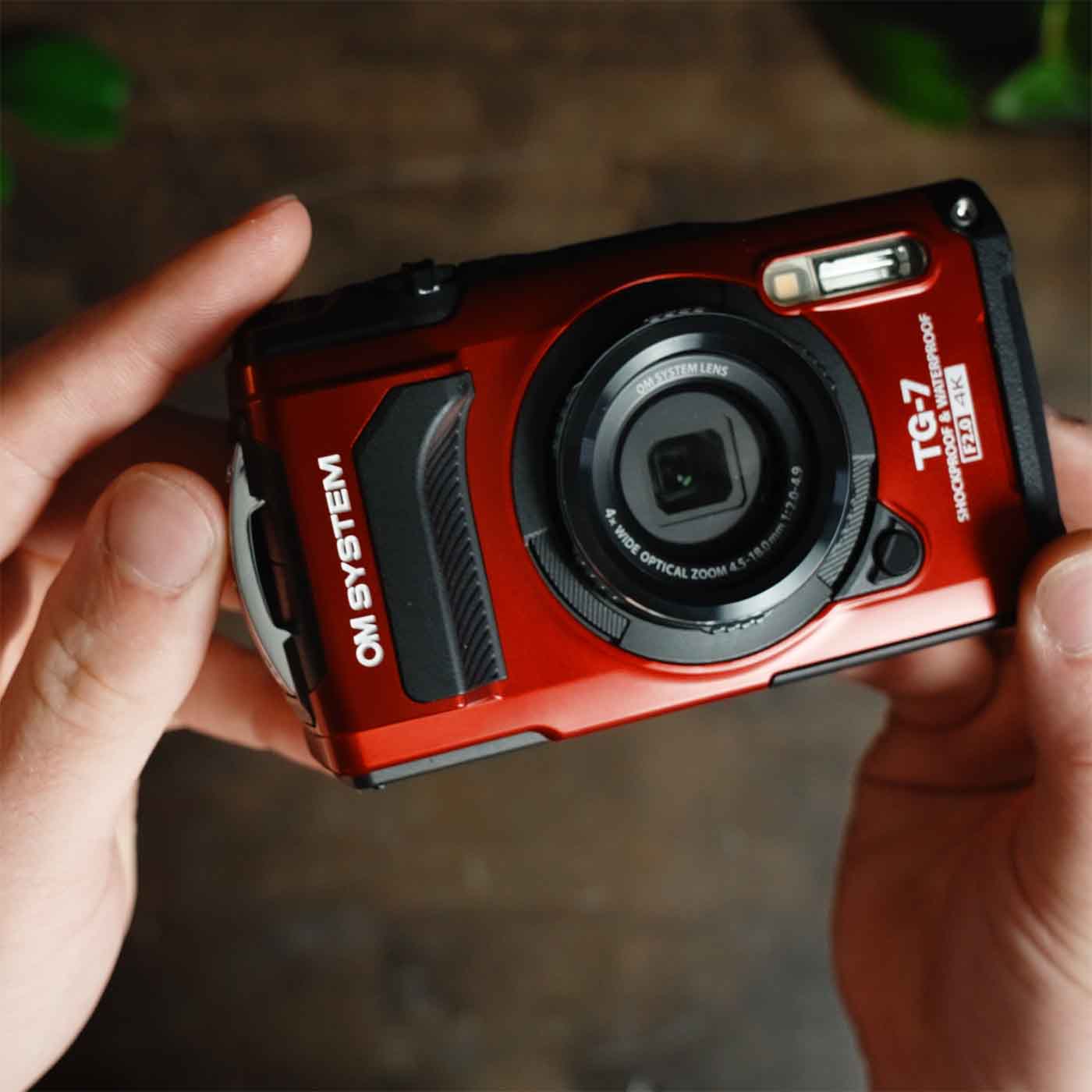
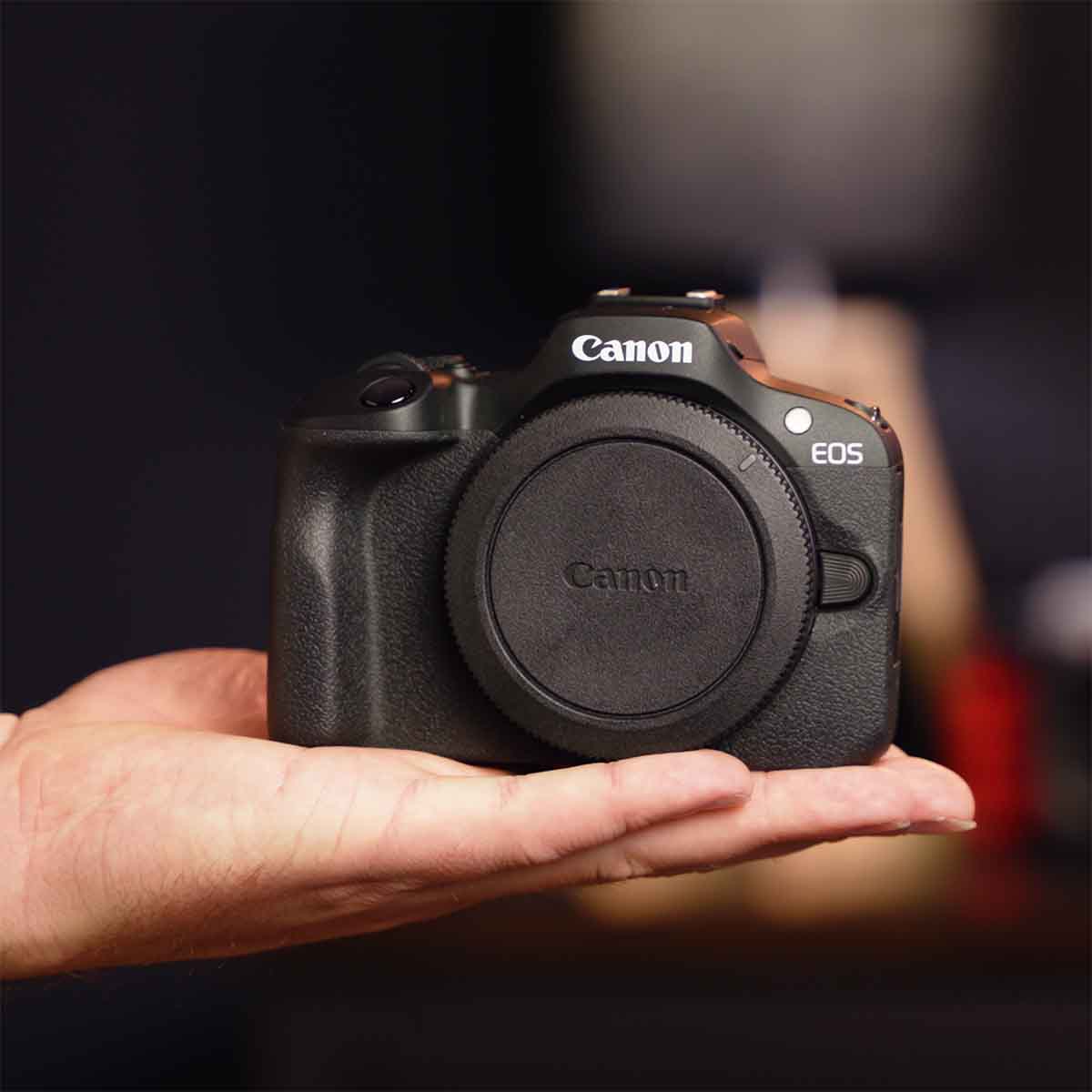
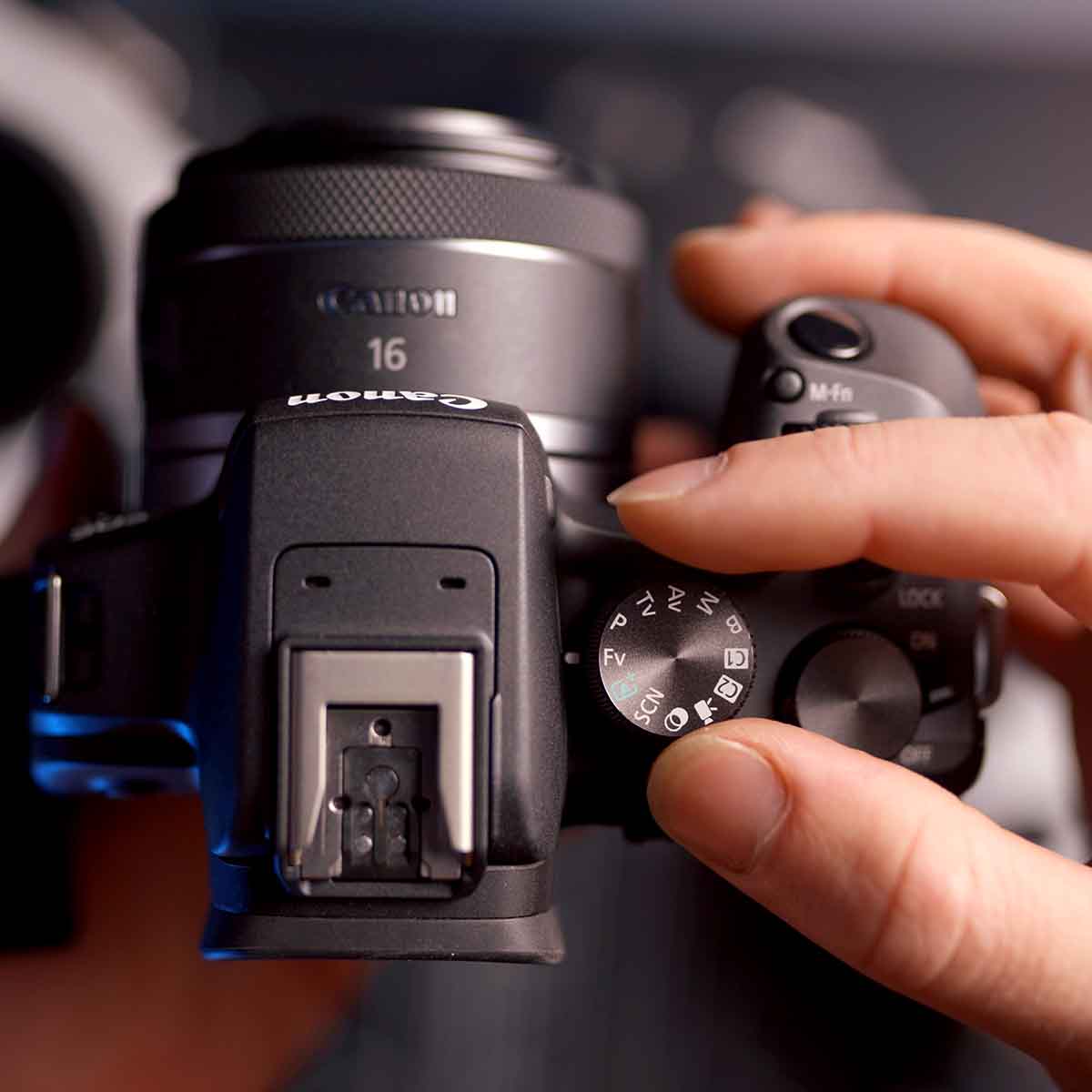



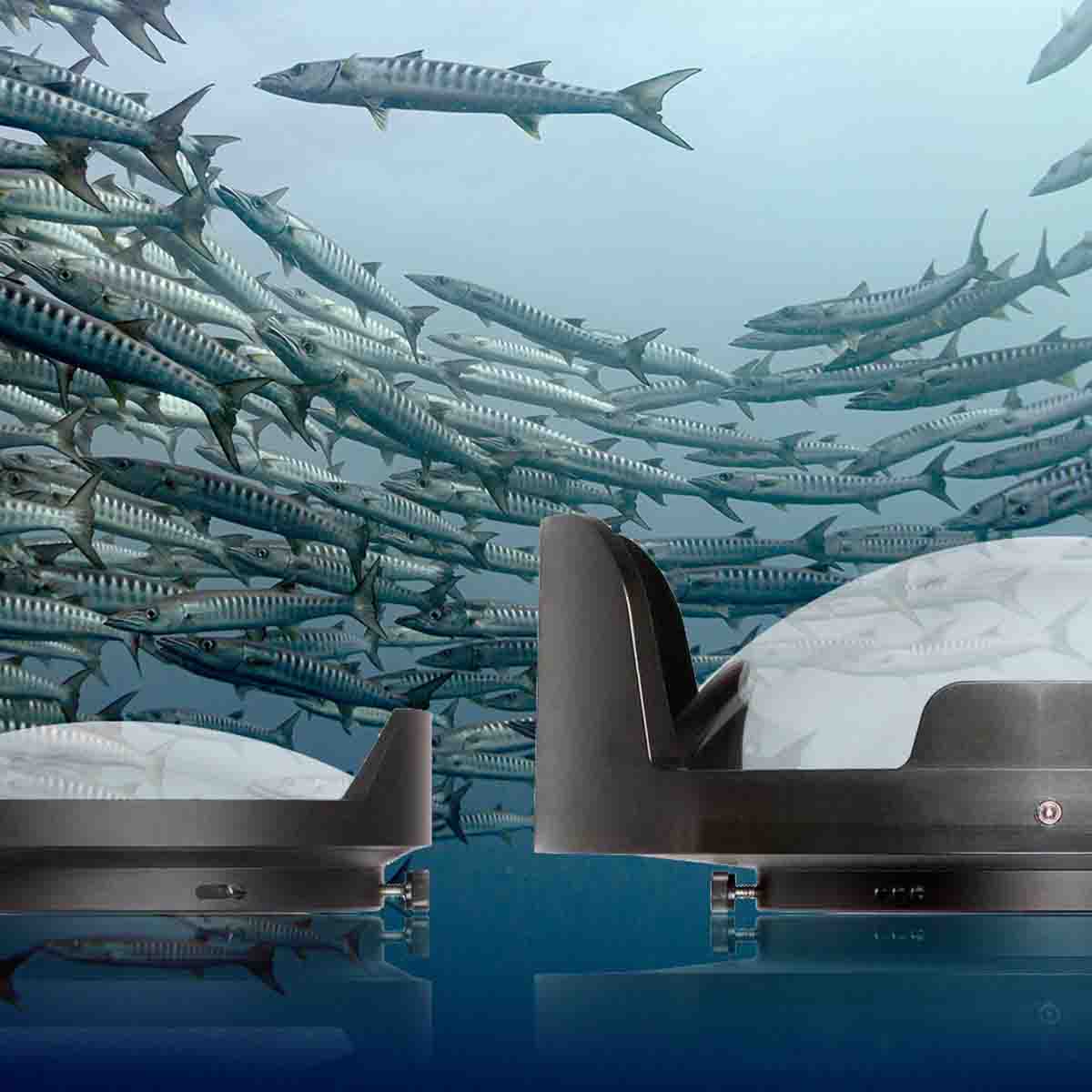
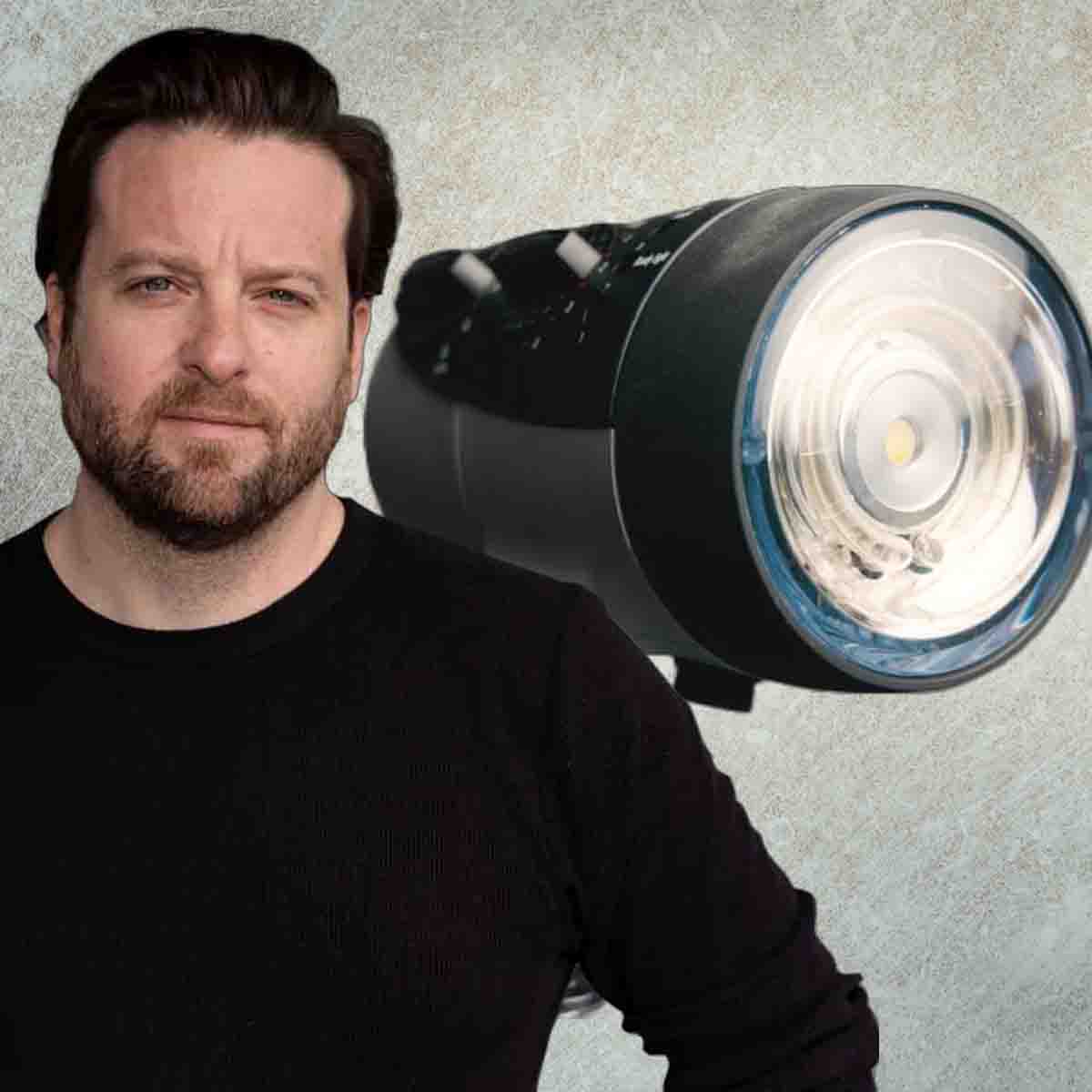

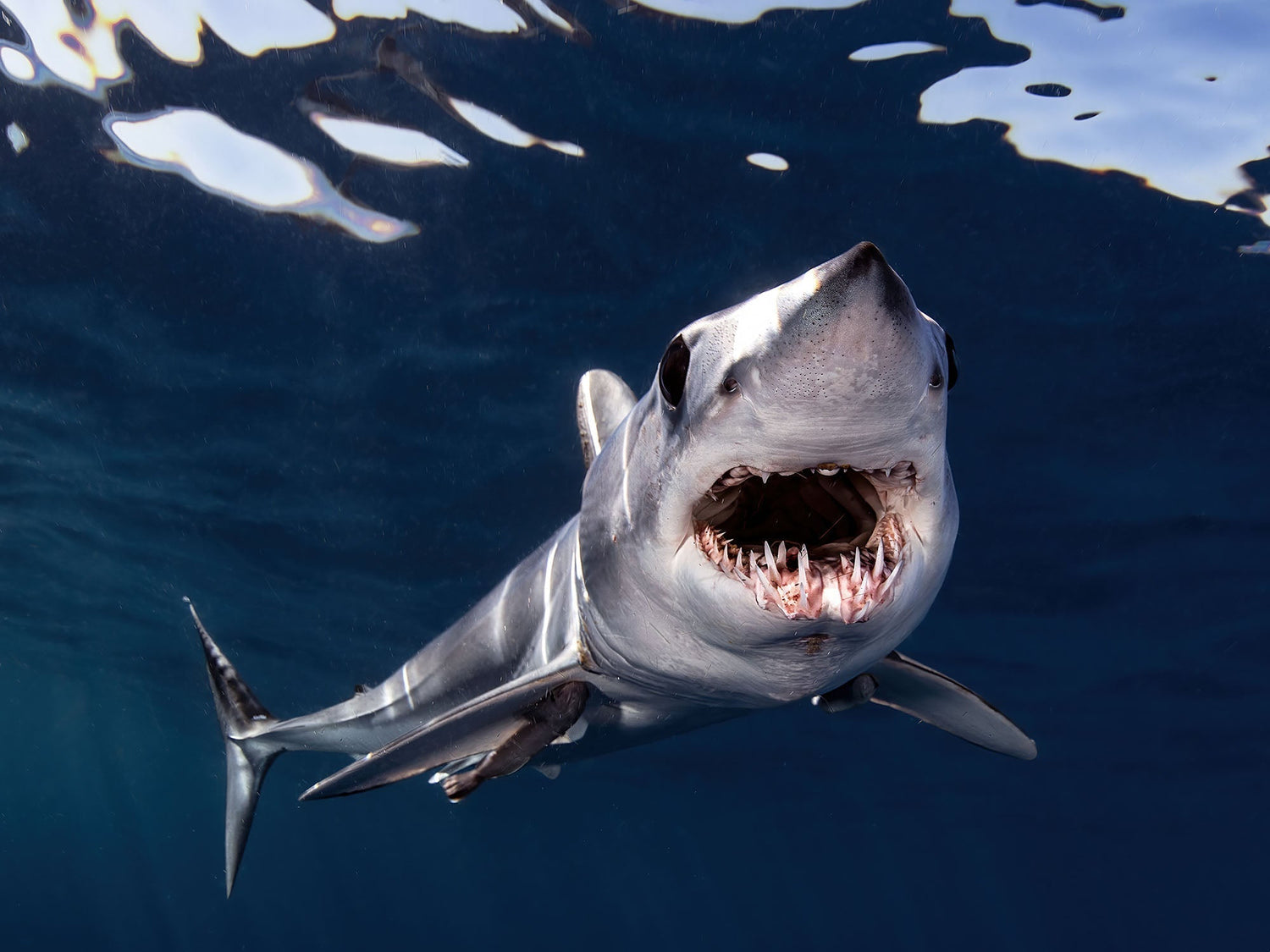
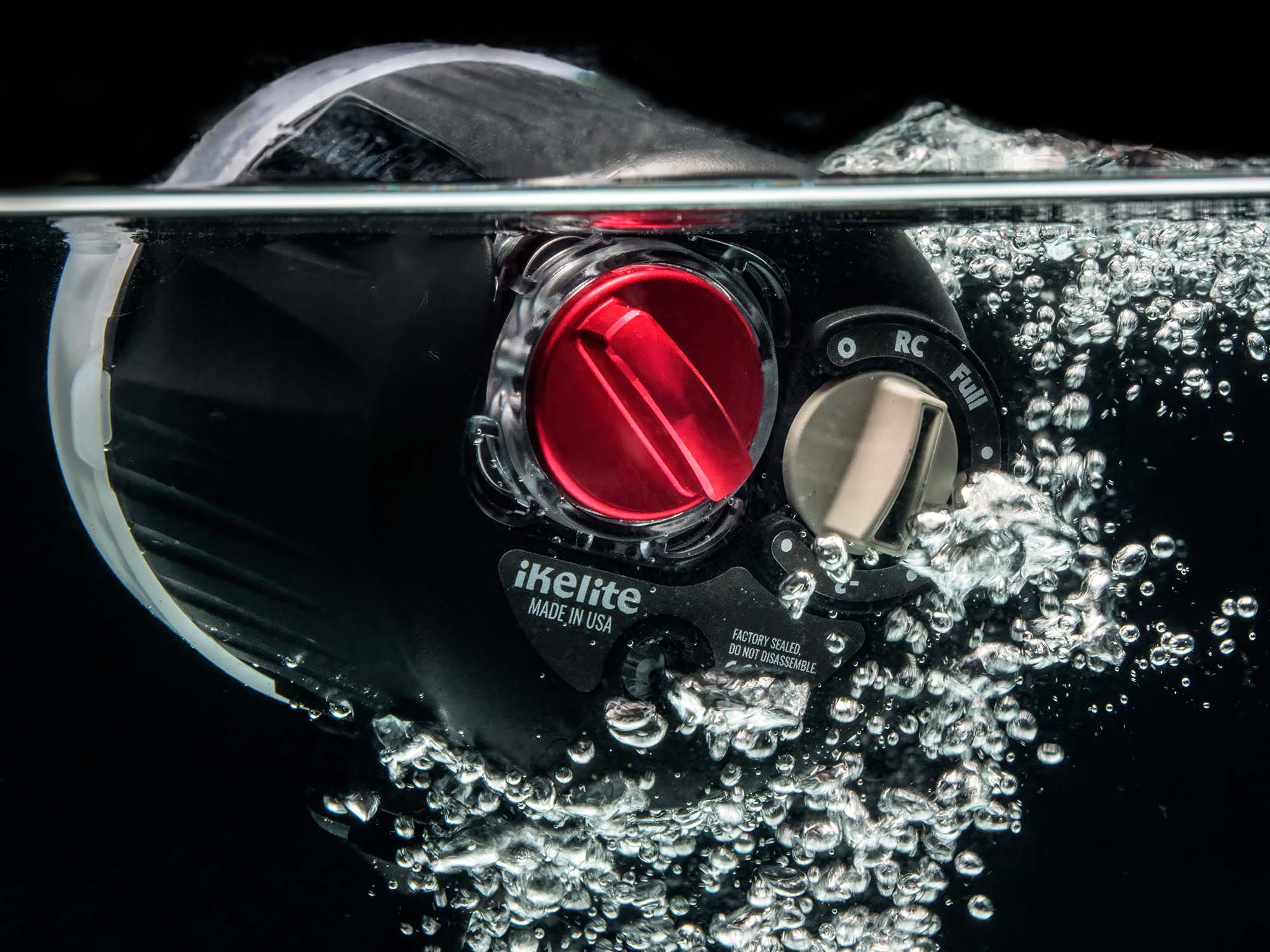
![3 Lightroom Edits to Make Macro Subjects POP [VIDEO]](http://www.ikelite.com/cdn/shop/articles/lightroom-macro-vignette-blog-cover_d5b1a05b-04b0-4620-99fc-c36097a7ef1f.jpg?v=1752804593&width=1935)